7. The Five Obstructions (2003)
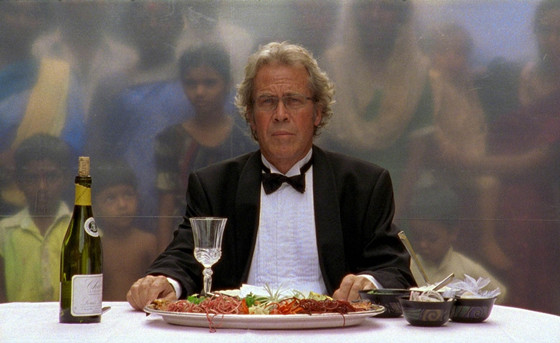
Both a dazzling cinematic experiment and an entertaining examination of two talented and contrasting filmmakers, The Five Obstructions is part-documentary and part academic experiment, with a results that are never less than fascinating, frequently thrilling, and entirely, refreshingly original.
An occasionally combative and often changeable collaboration between von Trier and Jørgen Leth (a leading figure in experimental documentary filmmaking and fellow Dane), the premise for The Five Obstructions is thus: von Trier challenges Leth, his friend, mentor, and hero, to remake his 1967 experimental film The Perfect Human five times.
Each time Leth remakes his film he must deal with a new and varied “obstruction” as specified by von Trier. One example of this is that von Trier challenges Leth to remake his film in Cuba without a set and with no shot lasting longer than twelve frames, while another challenge has Leth remake his film as an animated “cartoon”––a format von Trier has much contempt for.
Part of the fun of The Five Obstructions comes in the mischievous glee that von Trier takes in tormenting his beloved mentor and then witnessing how the deeply resourceful Leth outfoxes his taskmaster again and again. An imaginative, infuriating, funny, and unique experience, this is another risky and rewarding verification of von Trier’s warped and luminous genius.
6. Antichrist (2009)
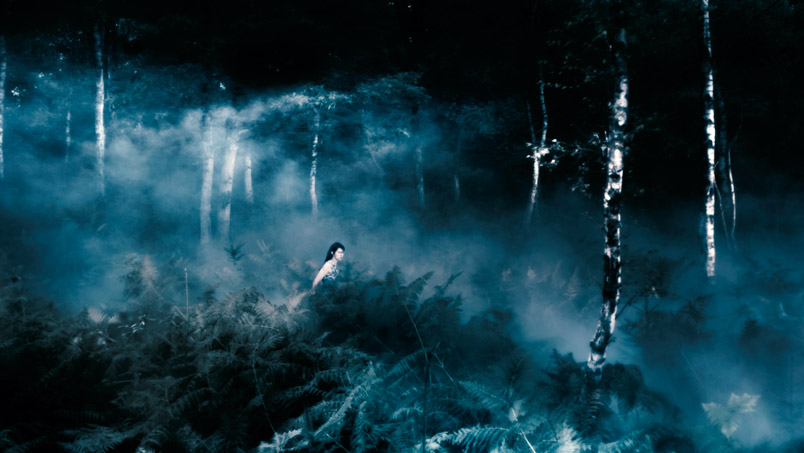
A showy and sinister flirtation with the horror genre, and indeed a subversion of it, Antichrist is also the first film in von Trier’s Depression Trilogy––followed by 2011’s Melancholia and 2013’s Nymphomaniac, both of which are further on down this list. This arthouse experimental fright film unspools with a visually poetic grace with the tragic stirrings of an opera as imagined perhaps by the Marquis de Sade.
Starring an outstanding Charlotte Gainsbourg as a grieving mother coping with the recent death of her infant child––Gainsbourg won Best Actress at the 2009 Cannes Film Festival for her astonishing efforts––the film soon devolves into her harrowing descent into madness as her increasingly violent and savage sexual behaviour and sadomasochism overwhelms her and her despondent husband (Willem Dafoe).
Filmed with an immensely meticulous and almost Hieronymus Bosch-like eye for detail and delicacy, with thanks largely due to cinematographer Anthony Dod Mantle (Slumdog Millionaire), several of the film’s graphic sex scenes have an intimate intensity that frequently unravels with a Leopold Ritter von Sacher-Masoch-like temper.
Antichrist is a powerful, painful, frightening, uncompromising and startlingly sensual (to the point of obscene) psychodrama that most viewers are likely to crawl away from feeling shaken, excited, and undoubtedly very troubled.
5. The House That Jack Built (2018)
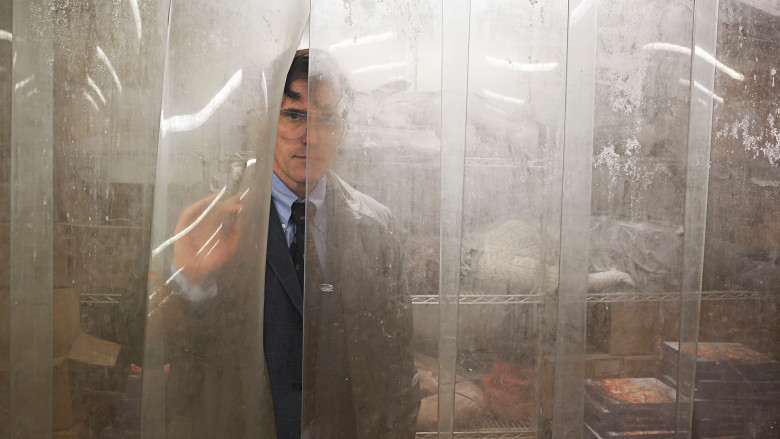
At this later stage in his prolific and subversive filmmaking career, von Trier’s brand is seeming more and more to be essentially one of polarization. Seeing The House That Jack Built at a film festival, well ahead of the film’s wide release, I was not surprised that the majority of attendees seated around me got up and left in outrage around the time Jack (Matt Dillon, excellent) performed his macabre mastectomy on a fraught and weeping young woman named Simple (Riley Keough) –– itself a sordid leaf torn from Jack the Ripper’s libretto.
Equal parts foolish and fearless, von Trier’s serial killer comic-thriller The House That Jack Built is also undoubtedly one of the most personal films in his oeuvre, and it’s a strange, deeply unsettling rush of viscera, verisimilitude, and dark invention.
Occupying a 12 year span during the 70s and 80s in the Pacific Northwestern United States––an area traditionally thought to be a hotbed for serial killer activities––the film follows the career of our titular murderer, sometimes referred to as “Mr. Sophistication”.
As Jack leads the viewer down an ever-swirling quagmire of obscenity and slaughter, he shares a back and forth with an almost unworldly figure named Verge (Bruno Ganz)––a perhaps too obvious sobriquet that bluntly suggests he’s Virgil to Jack’s Dante on a tour through Hell and Purgatory.
The film’s detractors aren’t unjustified in finding this to be a film of violent pornography, and the low culture status regularly dished out to movies of this sort will not escape it, but nonetheless it’s a self-consciously reflexive, self-defeating, convention-crushing, neo-slasher that will reward the right kind of viewer with its masterful mesh of allusions, pitch-dark designs and dismayed poetry.
4. Nymphomaniac (2013)
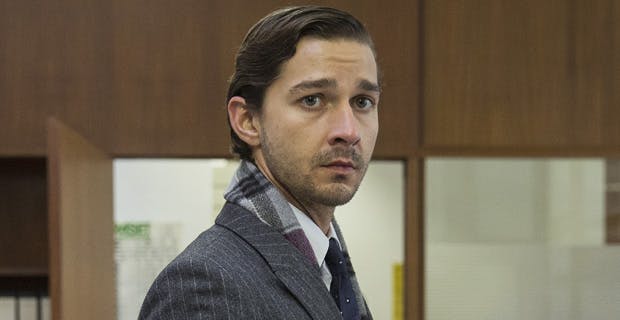
This dark, indulgent, frequently funny and unapologetically audacious two-part arthouse opus is the third and concluding installment in von Trier’s Depression Trilogy (preceded by Antichrist and Melancholia).
Originally intended as one complete viewing experience but owing to its daunting length––the definitive director’s cut runs 5½ hours––Nymphomaniac was broken down into two separate films but for simplicity’s sake as far as this list is concerned it will be included as one film. And oh what a film it is!
With an impressive international cast that includes Charlotte Gainsbourg, Willem Dafoe, Stacy Martin, Stellan Skarsgård, Shia LaBeouf, Christian Slater, Jamie Bell, Uma Thurman, and Connie Nielsen, and as the immediately ire-inducing title suggests, Nymphomaniac is no walk in the park.
Ostensibly the biographical tragic tale of a self-diagnosed nymphomaniac named Joe (played by both Gainsbourg and Martin at different stages of her life), the film begins in Volume One as an erotic tale of adolescence and young-adulthood before journeying into Volume Two’s darker adult detour of self-discovery and dalliance with no less than extinction.
The bravura visual presentation, which is largely indebted to the lensing of DP Manuel Alberto Claro (who also worked with von Trier on 2011’s Melancholia) and the genius editing powers of Morten Højbjerg and Molly Marlene Stensgaard, also exhibits some of von Trier’s most startlingly diverse and grandiose formalism.
Arguably von Trier’s most visually ravishing production, Nymphomaniac is the sort of tumultuous upheaval of a film that it demands discussion and postmortem in order to properly penetrate it’s multitude of layers and movements. And while that statement may suggest a didactic tirade, much of Nymphomaniac moves with a fluid poetry, a lush eroticism, and an engagingly eccentric flourish.
Yes it’s bold, and brutal, and graphic and disturbing––if you’re a prude, stay away, and what are you doing reading this list anyway?––but it’s also something of a tour de force. Miss this film at your own peril, and watch it at your own peril, too.
3. Dancer in the Dark (2000)
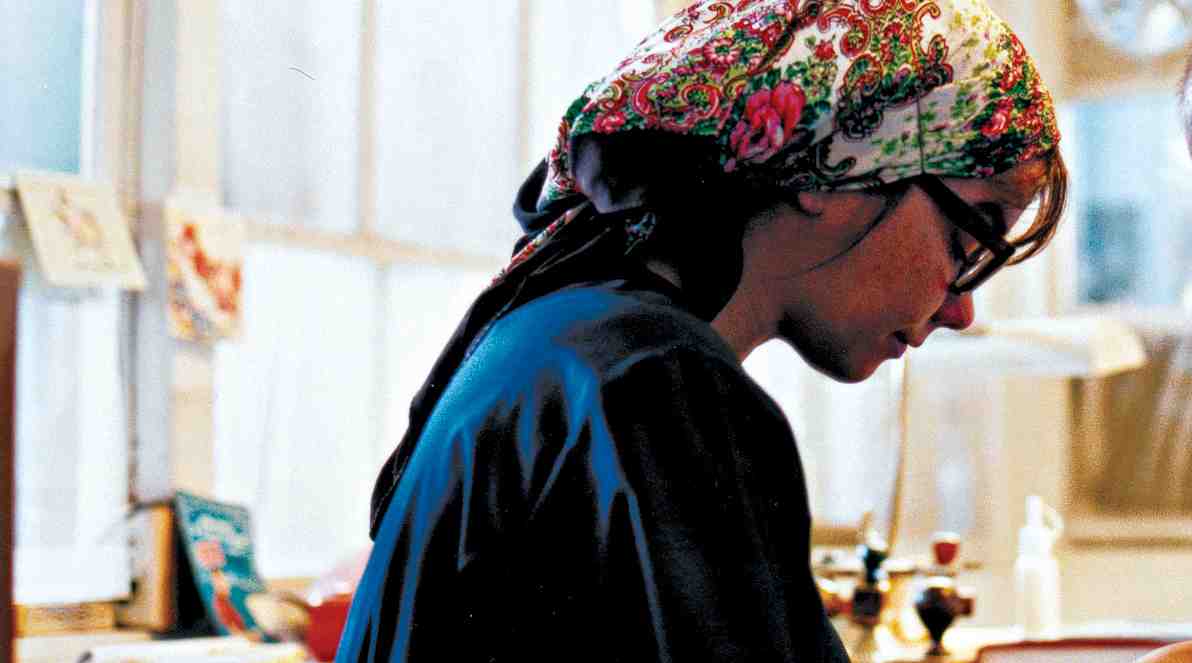
A startlingly superb and artfully imaginative musical, Dancer in the Dark eschews conventionality at great risk and offers one of the most emotionally excruciating yet shrewdly beautiful films you’re likely to ever see.
Icelandic singer-songwriter Björk gives an absolutely fearless performance as Selma Ježková, a Czech immigrant and struggling single mother who works in a lifeless factory in rural America, 1964. Her solace and her salvation rests in her passion for music and she daydreams about the majesty and grandeur of Hollywood musicals of the Busby Berkeley all-singing, all-dancing variety (think 1933’s Footlight Parade or 1934’s Dames).
Unwilling to share a sad secret with her friends and peers, Selma is losing her eyesight and she fears that a similar fate will befall her son Gene (Vladica Kostic), unless she can save away enough money for an operation. Her true tragedy starts to manifest after her prick of a neighbor (David Morse) falsely accuses her of theft and, no spoilers here, events escalate into dark and devious tragedy.
The musical sequences of Dancer in the Dark is where the film really and truly dazzles and a magical realism––stunningly captured via over 100 digital cameras––that boost the film into the upper echelons of cinema.
While it will arguably be near impossible for any musical to ever again capture the flat out effervescence, exhilaration, and wonder of those aforementioned Berkeley musical masterpieces, with this film von Trier comes remarkably close and deserves rapturous applause for even attempting to attain such heights.
Is there a modern musical as affecting, courageous, and distressing as Dancer in the Dark? The answer is no.
2. Melancholia (2011)
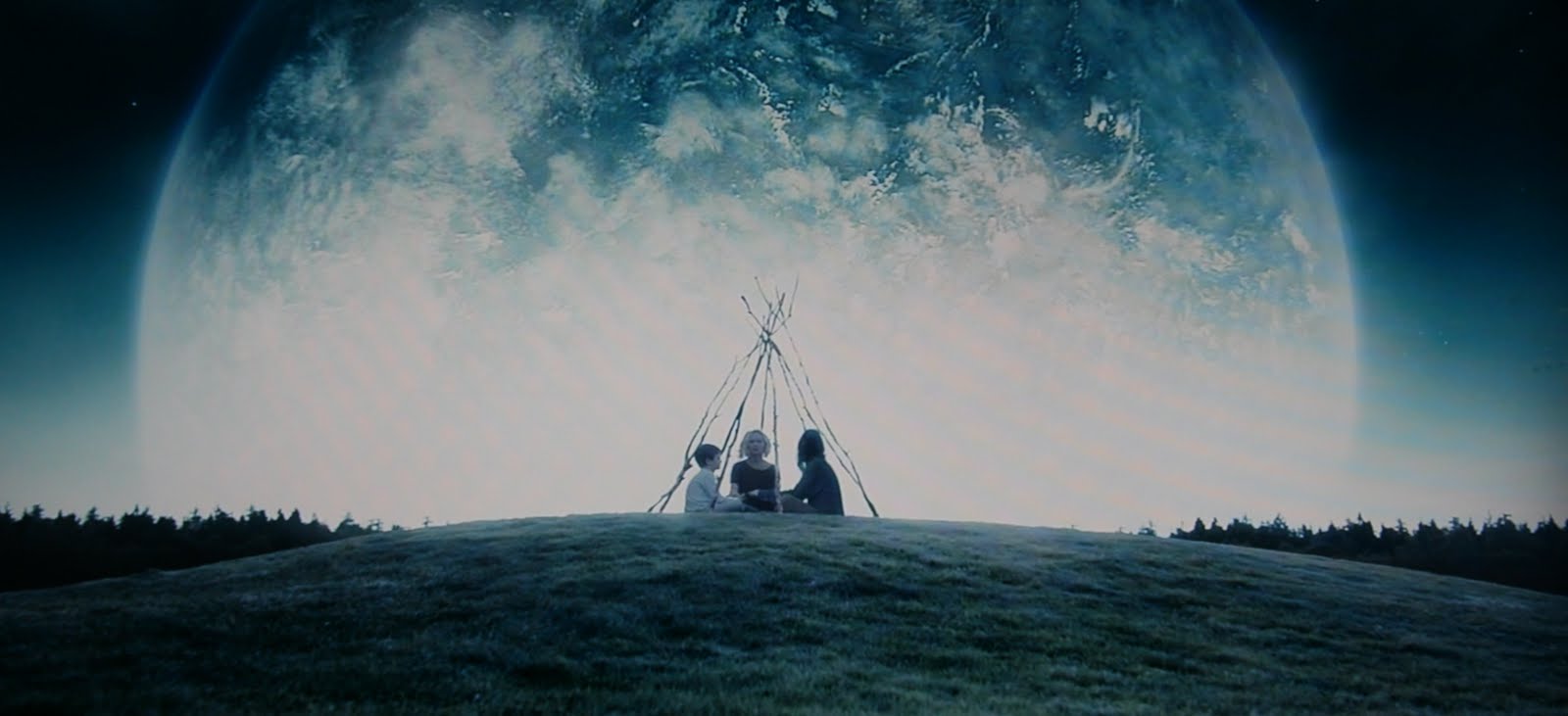
There’s a certain je ne sais quoi about von Trier’s hypnagogic and deeply pensive apocalyptic powerplay Melancholia that cinches it as one of the director’s very finest motion pictures. For one, it’s so rare a thing that a film capture with such startling insight and due diligence the emotional state that depression casts upon the individual, and for anyone who’s wrestled with that black dog they can easily see the naked truth in Kirsten Dunst’s chef-d’oeuvre central performance as Justine.
Von Trier, with Melancholia, playfully and profoundly upends sci-fi convention in a tense and dangerous spring-loaded narrative that pivots around newlyweds Justine and Michael (Alexander Skarsgård). These ill-fated lovers tie the proverbial knot just as the world at large learns of the presence of a rogue planet, “Melancholia”, which is believed to be on a near-collision course with Earth and will most certainly be an extinction level cataclysm.
And while that synopsis sounds like another dirge from the oft-gloomy von Trier, a fair share of gallows humor inhabits the film––look no further than Udo Kier as the wedding planner of the apocalypse and try not to chuckle at the drollery of it all.
Led my Dunst’s luminous performance, ably backed by Charlotte Gainsbourg as her sister, Claire, both hanging on the speculations and suspicious that the End of Days might not be so dour for everyone. The film also presents a formal elegance––perhaps best displayed by the slo-mo grand-scale eradication gracefully captured by the Phantom HD Gold cameras––resulting in a lushly unforgettable bookend of astonishing and shocking visuals. An absolutely unforgettable showpiece.
1. Breaking the Waves (1996)
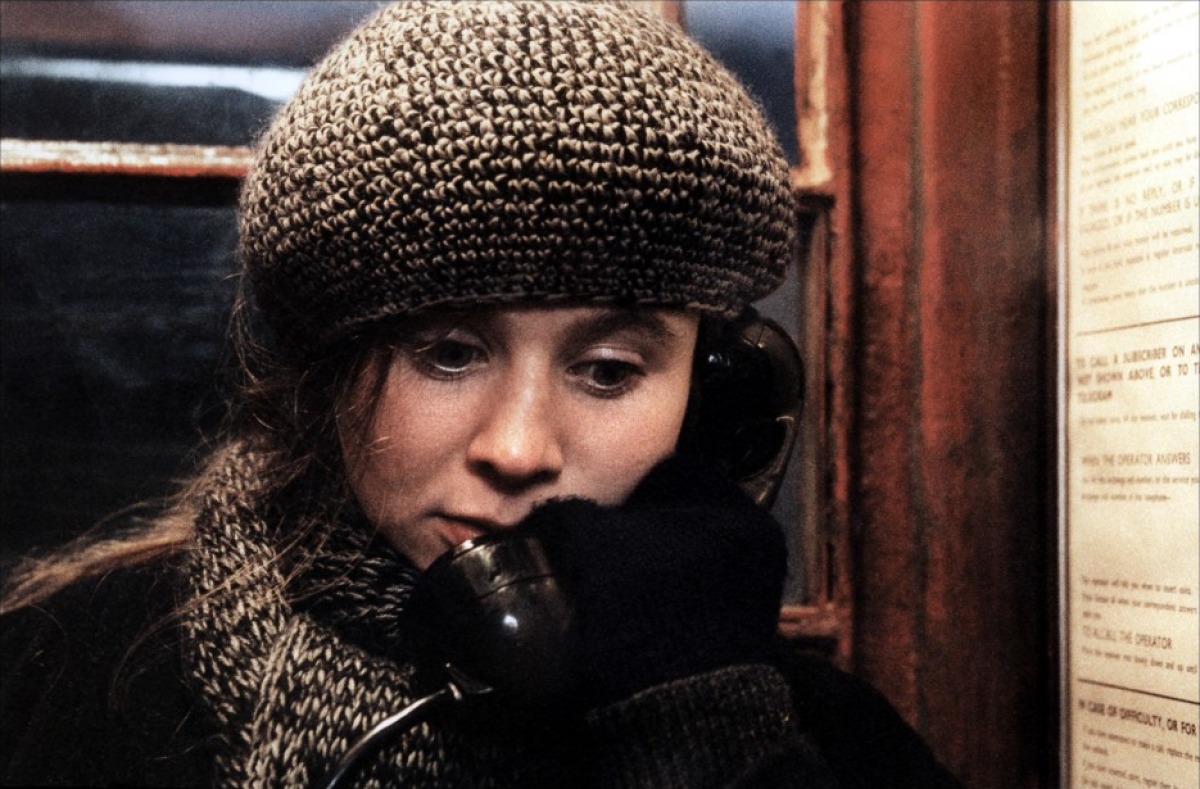
Martin Scorsese cut to the quick when he said: “Lars von Trier’s Breaking the Waves is a genuinely spiritual movie that asks ‘what is love and what is compassion?’”
While fans of von Trier’s may debate over which of his films deserves the coveted top spot in ranking his filmography, what cannot be argued is that 1996’s Breaking the Waves was his career-defining breakthrough, and the one that announced him to the world as a provocateur and practitioner of auteur-theory (though he’d most likely balk at that term).
Before any more ink is spilled here it must be said that much of Breaking the Waves’ staying power comes from the towering performance of Emily Watson who is absolutely unforgettable as the best upon protagonist Bess McNeill.
Set in remote North-West Scotland’s Outer Hebrides during the 1970s, this heart-rending romance is a saga-like work of histrionic artifice. Breaking the Waves is also a melodrama and an epic of faith, love, martyrdom, and atonement. Gaining momentum and a staggering power by the progressively ruthless, and shatteringly vicious events of the film’s final hour –– which includes Bess being almost supernaturally summoned out to sea by a cruel and sadistic sailor played by a menacing Udo Kier.
Drawing inspiration equally from Carl Theodor Dreyer –– his film Gertrud (1964) is in many ways this film’s template, but the cinematic portraiture and saintly suffering of The Passion of Joan of Arc (1928) and the raw essentials of Ordet (1955) deserve mentioning as well –– and the Marquis de Sade’s 1791 novel, Justine. Von Trier chooses his influences well, and while moved by them, he also transcends them in many respects.
Breaking the Waves was the first installment of von Trier’s “Golden Hearted Trilogy,” which is consumed and concerned with exploring the nature of love and sacrifice from a fearless female perspective( the other films in this thematic trey are The Idiots and Dancer in the Dark, for those who may have lost track).
Righteously troubling, morally unpleasant, and yet unshakably dazzling and deliriously full of grace, Breaking the Waves is an overwhelming and ecstatic experience and the capsheaf of a brilliant filmmaker. Essential viewing.
Author Bio: Shane Scott-Travis is a film critic, screenwriter, comic book author/illustrator and cineaste. Currently residing in Vancouver, Canada, Shane can often be found at the cinema, the dog park, or off in a corner someplace, paraphrasing Groucho Marx. Follow Shane on Twitter @ShaneScottravis.